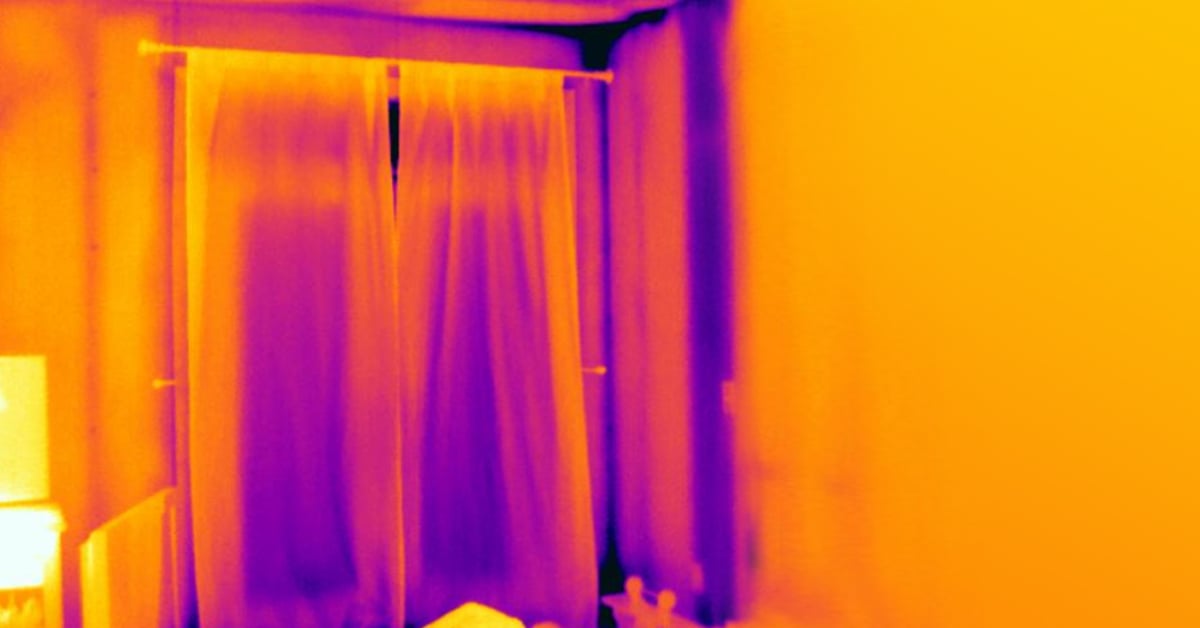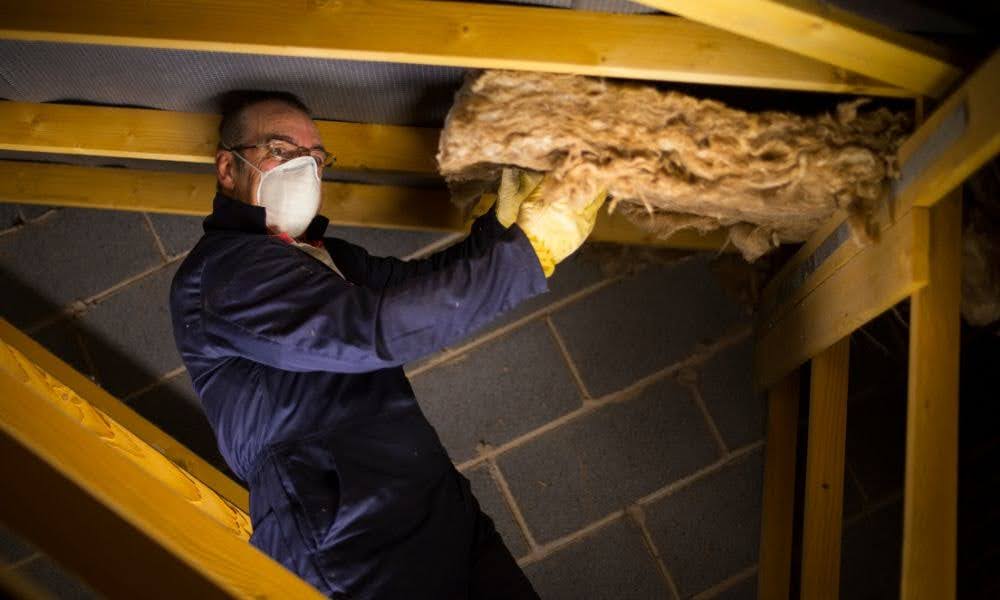When planning a home renovation in Oxford, MA, insulation removal might not be the first task on your list—but it should be. Hidden behind your walls and above your ceilings, old insulation can quietly undermine your renovation efforts. Whether it’s deteriorating from age, damaged by moisture, or contaminated by pests, failing to remove it before starting your remodel can lead to reduced energy efficiency, lingering health risks, and even structural issues.
Addressing insulation during renovation allows you to correct what’s invisible but impactful. This guide explains why insulation removal should be a core part of your home renovation strategy, especially in climates like central Massachusetts. It also breaks down the technical details, market facts, and common concerns that homeowners face, so you can make an informed and effective decision.
Why Insulation Removal Matters in Renovation Projects
Removing old insulation isn’t just a cleanup task—it’s a structural reset. Any remodel that involves ceiling work, HVAC upgrades, reconfiguring walls, or moisture repair should begin with inspecting and, if needed, removing insulation.
In Oxford’s humid continental climate, the combination of cold winters and warm, damp summers creates ideal conditions for hidden moisture buildup. Over time, insulation exposed to these shifts can become compacted, absorb water, and lose its thermal performance. Even if it looks intact, insulation that’s 15 to 20 years old often contains degraded material that performs poorly compared to modern options.
More critically, insulation removal is essential when transitioning to more advanced materials like spray foam. These require clean surfaces for proper adhesion, which can’t be achieved by simply layering over old fiberglass or cellulose. In many cases, retaining old insulation not only reduces the performance of new materials but also traps moisture or contaminants underneath—leading to long-term structural and indoor air quality problems.
The Hidden Impact of Compromised Insulation
Insulation sits quietly in attics, crawl spaces, and walls, out of sight and often out of mind. Yet over time, it can become a serious liability.
In Oxford, where seasonal humidity and heavy snowfall are common, insulation often absorbs moisture without obvious signs. Wet insulation doesn’t just reduce thermal resistance—it creates an ideal environment for mold and mildew. Spores may spread through your ductwork and affect indoor air quality, triggering allergies or respiratory issues.
Old insulation can also hide signs of pest activity. Rodents often burrow into loose-fill or batt insulation to nest. Even after they’re gone, droppings and urine can remain embedded in the material, posing a biohazard. These conditions aren’t fixed by patchwork solutions or simply adding more insulation. The only safe option is full removal, cleaning, and proper replacement.
Technical Assessment and Material Comparison
Understanding how different materials break down over time is key to evaluating whether removal is necessary. Here’s how common types of insulation typically degrade:
Material Lifespan and Failure Modes
| Insulation Type | Average Lifespan | Common Failures Over Time |
|---|---|---|
| Fiberglass Batts | 20–30 years | Compression, airborne fibers, mold retention |
| Cellulose (blown-in) | 15–25 years | Moisture absorption, fire risk, settling |
| Spray Foam | 30+ years | Requires clean substrate, hard to remove once applied |
It’s important to note that lifespan depends heavily on installation quality and environmental exposure. Improper vapor barriers, roof leaks, or pest infestations can shorten the effective life of insulation by half or more.
Oxford’s Climate Challenges
Oxford experiences all four seasons in extremes—long, cold winters and muggy, damp summers. This climate places unusual strain on insulation. Snow and ice dams can introduce moisture into attic insulation, while humid summer air finds its way into wall cavities and condenses when cooled by air conditioning.
When this condensation occurs inside insulated spaces, it leads to slow, progressive water damage. You may not see the effects for years, but behind drywall and ceilings, that moisture quietly promotes mold, rust on fasteners, and wood rot in framing. In such a climate, removing compromised insulation is more than preventive—it’s essential.
 Pre-Renovation Considerations
Pre-Renovation Considerations
Before launching into a renovation, ask key questions:
- How old is the existing insulation? If it’s more than two decades old, its performance has likely diminished.
- Has there been any sign of water intrusion or roof leaks? Wet insulation must be replaced, not covered.
- Are you changing mechanical systems or layouts? HVAC and electrical rerouting often require full attic access, which is easiest after insulation removal.
- Is spray foam part of your upgrade? Foam requires a clean surface to adhere, and old debris undermines its seal.
- Have you noticed odors, allergies, or pest activity? These are often tied to hidden insulation contamination.
Planning ahead for insulation removal ensures you don’t run into delays or cost increases during construction. It also allows specialists to inspect joists, wiring, and ductwork, catching potential issues before finishes are applied.
Market Insight and Energy Benefits
Massachusetts has some of the most aggressive energy efficiency goals in the U.S. According to recent data from the Massachusetts Clean Energy Center, homes that upgrade their insulation and air sealing can reduce energy use by up to 30% annually.
Additionally, homeowners participating in programs like Mass Save® often discover that existing insulation is insufficient. Inspections frequently reveal attic insulation levels below current code requirements (R-38 or higher in attics). Removing underperforming materials during renovation allows you to take full advantage of modern solutions that meet or exceed these standards.

Health, Safety, and Disposal Concerns
Insulation removal involves more than dragging batts out of the attic. Once disturbed, older materials can release airborne fibers, fungal spores, or contaminants. In particular, insulation from the 1970s–1990s may contain binders, resins, or additives that are now considered irritants or potential toxins.
Professionals use sealed vacuums, respirators, and containment barriers to manage this safely. The waste must also be disposed of according to Massachusetts regulations for construction and demolition debris. Attempting removal without the right tools or knowledge can spread contaminants through the air or leave behind residues that compromise new materials.
Common Questions About Insulation Removal
How much does insulation removal typically cost? Costs vary based on home size and insulation type, but in Oxford, typical attic removal ranges from $1.50 to $3.00 per square foot. Heavily contaminated or hard-to-reach spaces may cost more.
Is it possible to remove only part of the insulation? Partial removal is feasible if only one area is affected—such as after a roof leak—but uniform performance is better achieved with full removal and consistent reinstallation.
What should follow insulation removal? Once insulation is removed, it’s essential to inspect for mold, check framing integrity, and verify proper ventilation. Only after that should new insulation be installed.
Does insurance cover insulation removal? Only in cases where damage is tied to an insurable event (like a fire or roof leak). For standard renovations, it’s usually considered an out-of-pocket cost.
Conclusion
Insulation removal is not an optional upgrade—it’s a foundational step in making sure your renovation works as intended. Especially in regions like Oxford, MA, where weather extremes can compromise building materials over time, skipping this step can result in hidden damage, underperformance, and future costs.
Make insulation removal part of your renovation checklist—not just to clear the way for new materials, but to ensure your home is healthy, efficient, and ready for decades of reliable comfort.
Ready to Achieve Peak Energy Efficiency?
Apply these insights now: Schedule your insulation evaluation and removal plan with Lamothe Insulation and Contracting. Get a clean start for a healthier, more efficient home renovation.
Contact Details: Lamothe Insulation and Contracting 📞 (508) 847-0119 📧 [email protected]
Author and Reviewer: Author: With over two decades of hands-on experience, Robert Lamothe, owner and lead installer of Lamothe Insulation, brings unparalleled expertise in spray foam insulation, carpentry, and building science. Since 2002, he has earned a reputation for precision, quality craftsmanship, and delivering energy-efficient solutions that stand the test of time. Lamothe Insulation is a family-owned and family-operated business, and Robert also owns the Goddard School of Auburn, an early childhood education school.
Reviewer: Ethan Taylor has 8 years of experience in spray foam insulation. He reviewed this content and suggested ways to simplify business outreach while keeping trust and professionalism intact.









